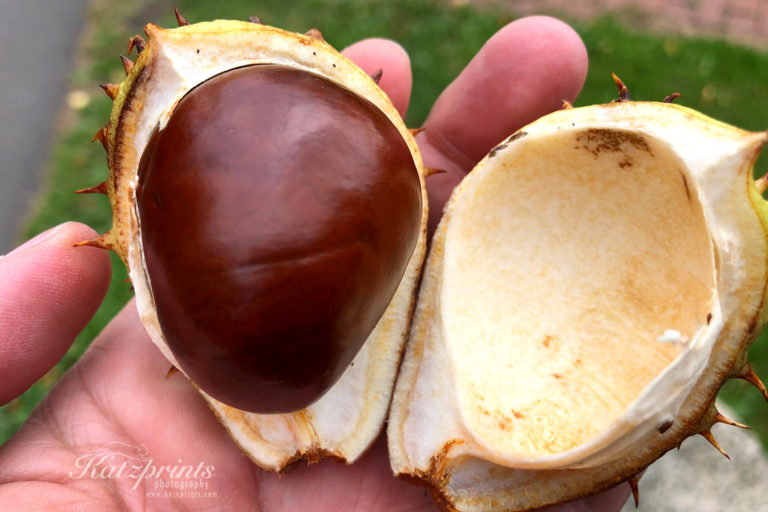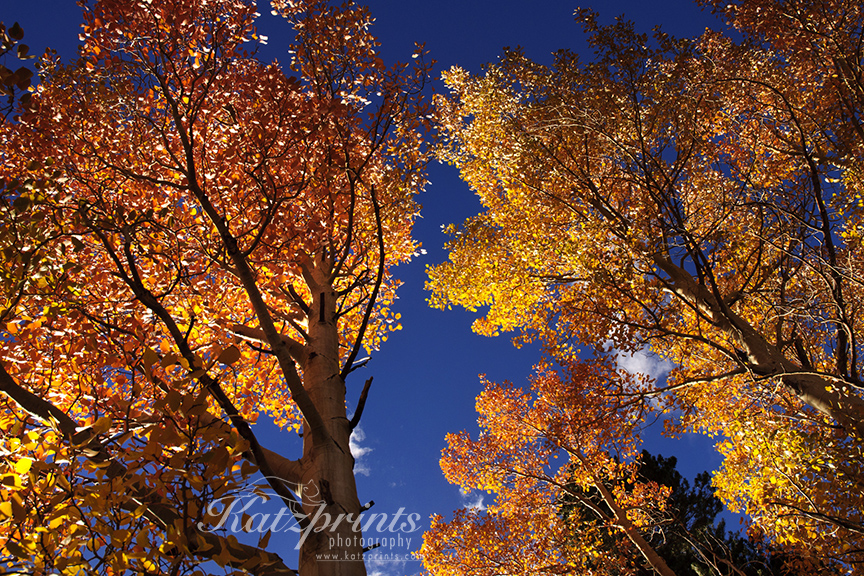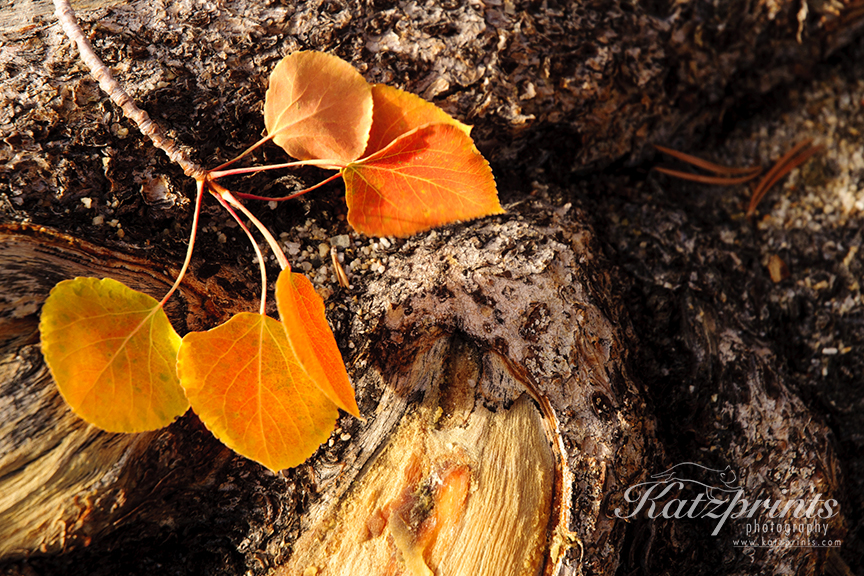What is your favorite season?
Mine is hands down autumn or fall, whatever you choose to call it. It always has been. The smell of harvested fields, long peaceful walks through colorful beech forests, shiny horse-chestnuts, flying kites, fresh plum cake, feeding hedgehogs, family day trips into the Lüneburger Heide (Lunenburg Heath) foraging for wild porcini mushrooms, and hiking through colorful huckleberry fields towards stunning glaciers in Norway rank high in my favorite collection of memories growing up. You may say: “Wait, I was there! Autumn meant shorter days, greyness, fog and rain, bad road conditions due to British military exercises, getting stuck behind caravans of tractors, weeks of black fingers after collecting and peeling soaked walnuts, wasps in the pear tree, and the unique smell of the local sugar beet processing plant!”

Touché! I guess it must be a case of seeing the glass half full or half empty then 🙂
Autumn colors in California?
Each year when autumn announces itself through a change in the air, a first chill in the morning, and subtle changes in light, my camera gear and I get restless. We itch to go and play with colors!
Visitors and new transplants to California tend to believe that the Golden State has no autumn to write home about. I would argue that it’s a matter of expectations. We certainly don’t have the glorious color palette that leaf peepers pilgrimage to see on the East Coast. However, we sure can serve up some yellows!

Where and when to go
In good years, the Eastern Sierra can dish up stunning colors thanks to groves of quaking aspen trees. Populus tremoloides turns golden-yellow in fall, and even orange, when the stars align. And along creeks, cottonwood and willow trees add color. I prefer to stay in Lee Vining or Bridgeport (Mono County), which are easily reachable via Tioga Pass and provide access to hot spots like June Lake Loop, Lundy Canyon, Convict Lake, and McGee Creek. Mammoth Lakes is a bit further but definitely worth visiting as well, especially if you are ready to hit the trails!
To prepare your trip, download the Eastern Sierra Fall Color Guide from the Mammoth Lakes or Mono County websites or pick it up in the area.
If you are looking for a destination closer to the Bay Area, head to Lake Tahoe. Fall is the quiet season between summer lake fun and hitting the slopes, and there are some nice trails along the lake that offer fall colors, for example around the Tallac Historic Site. And if you are there, make sure to visit the Taylor Creek Visitor Center and check out a different colorful autumn spectacle: the annual Kokanee salmon run. You might even encounter a bear! One of the best color drives in the area with plenty of aspen groves is through Hope Valley.
Yosemite is not known for its colors but even here you can find color spots courtesy of bigleaf maples, dogwoods, and valley oaks. Of course, everyone’s favorite tree in the park (and a reminder of fall on the East Coast) is the lone sugar maple near Yosemite Chapel.
The wine country offers its very own version of autumn when the vineyards turn color. Napa, Sonoma, Russian River, and Livermore are all easily reachable from the Bay Area and make for a nice road trip … treat yourself with color for the eyes and for the glass!
Lastly, some of the best colors can be found in our cities and on university campuses like Stanford! Last year, I went up Mount Umunhum in late October and it was interesting to see how colorful the valley looked thanks to streets lined with Chinese pistaches and ginkgo trees.
Prepare your trip
Timing is everything when it comes to Eastern Sierra colors. The window to see the aspen trees is usually just a few weeks in September and October when chilly nights and sunny days do their magic. In addition, one storm, and the delicate leaves of entire groves can get knocked down!
A great resource for you planning is John Poimiroo’s California Fall Color website which features excellent reports and photos during the season. Google has a Foliage map which is good to get a quick overview.
Make sure to keep an eye on the weather! In late September, the “white curtain” can come down any moment. It happened to me more than once that I was photographing aspen trees around June Lake in the morning and snow started coming down in the afternoon quickly closing the pass roads back to the Bay Area. If in doubt, get out!
Photography tips
Have you ever photographed autumn trees and been unhappy with the results because the colors did not pop? If so, you are not alone! Here are a few things that help when photographing fall colors. Cloudy skies? It’s your lucky day! Photographing leaves under soft light leads to better color saturation! The reason is that the clouds function as a diffuser and filter the glare from the surface of the leaves. As a result, colors appear more saturated. Just make sure your camera settings factor in the lack of bright light or you end up with blurry photos. When the sun is shining bright, your DSLR’s best friend is a polarizer filter. It has a similar effect to your cloudy skies in that it dials out leaf glare and reflections. As a bonus, it saturizes the blue of the sky at certain angles. If you do not have a polarizer or shoot with a simpler camera, consider the technique of back lighting. Place the tree between yourself and the sun so that the light falls through the leaves. Now, when you take a photo, your subject literally glows. Also experiment with the composition of your photo. Creeks and lakes can add lovely reflections to your scenes and close-ups of leaves or pine cones complement your photos of trees and groves.

Happy leaf peeping!



